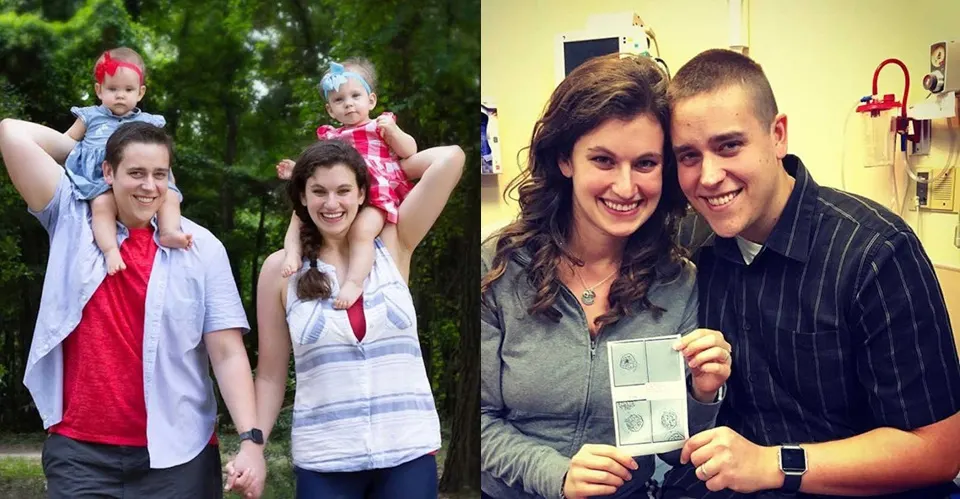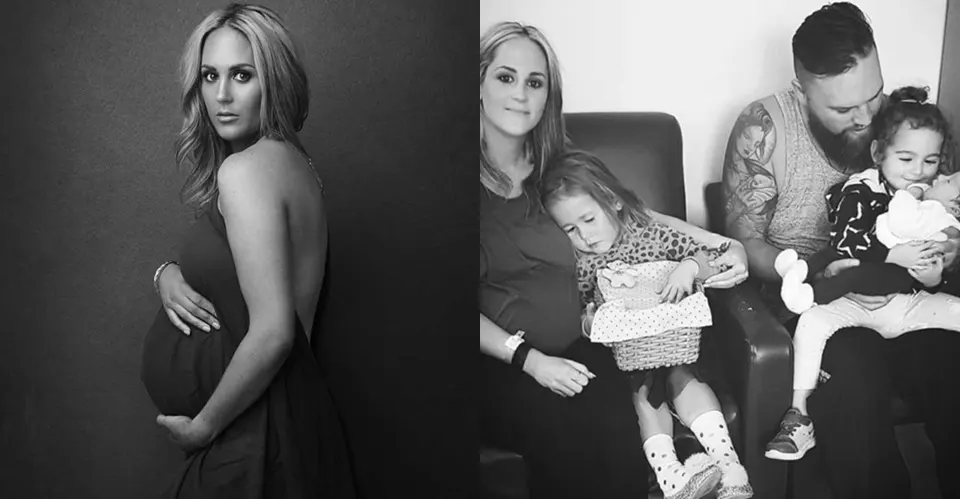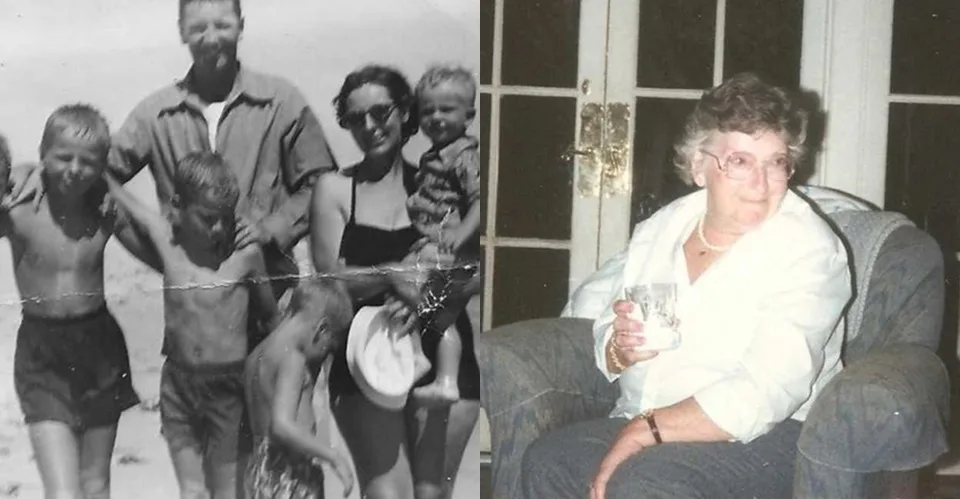She didn’t find an “easy way out”; she fought her way through, found her voice, and now helps other mothers find theirs. She had three C-sections in five years, but the first one set the tone. At 41 weeks, her water broke. A doctor glanced at the scan and casually suggested booking surgery because the baby looked big. No one had mentioned a C-section during her entire pregnancy. She felt judged, like someone had decided she couldn’t give birth the “normal” way. She was asked to try for a vaginal birth. The eye roll she got back was the first crack in her trust.
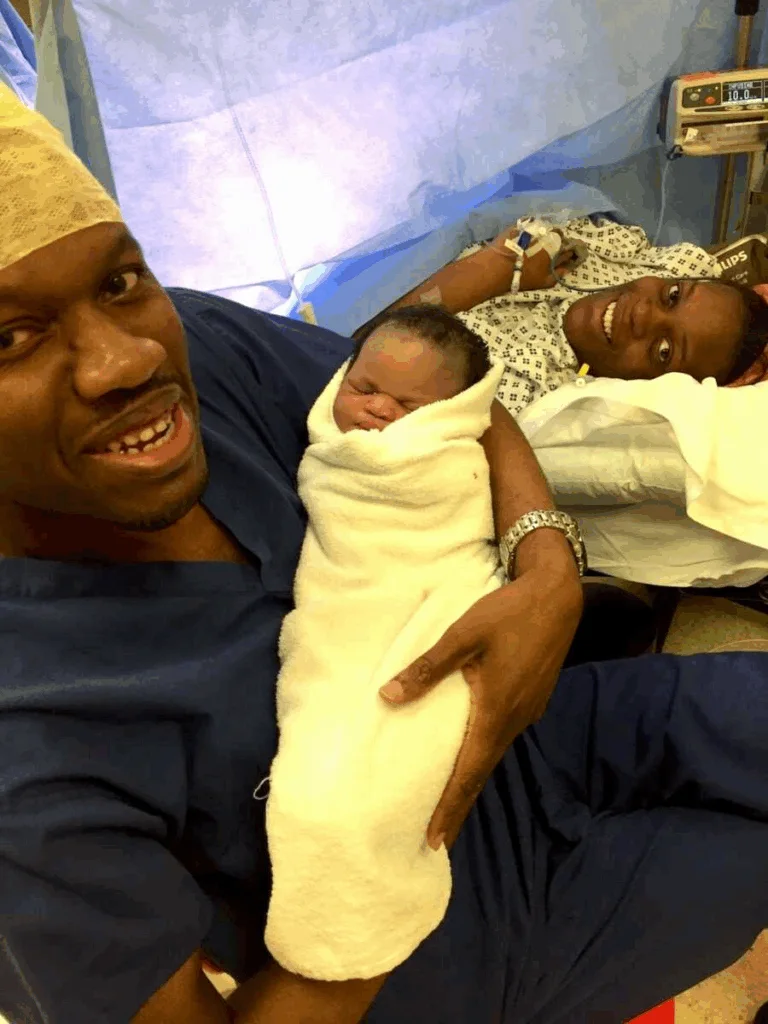
The labor room felt cold and empty. After hours of little progress, the midwife pushed for an induction drip. She wanted to say no, but didn’t know how to refuse. Contractions slammed down. Later, she was told to get an epidural so she could “cope.” Again, she wanted to decline, but the words wouldn’t come.
The first anesthetist seemed rushed. The needle went in, and her body went wrong, frozen, breath shallow, terror washing over her. A new anesthetist tried. Each attempt sent a hot, stabbing bolt down her leg and made the muscle spasm. She screamed while the midwife and her partner held her still. After more than 30 hours, surgery was called. The operating room was filled with people she hadn’t expected, and her daughter was out within minutes. They showed the baby to her, but she felt nothing, only shock and emptiness.
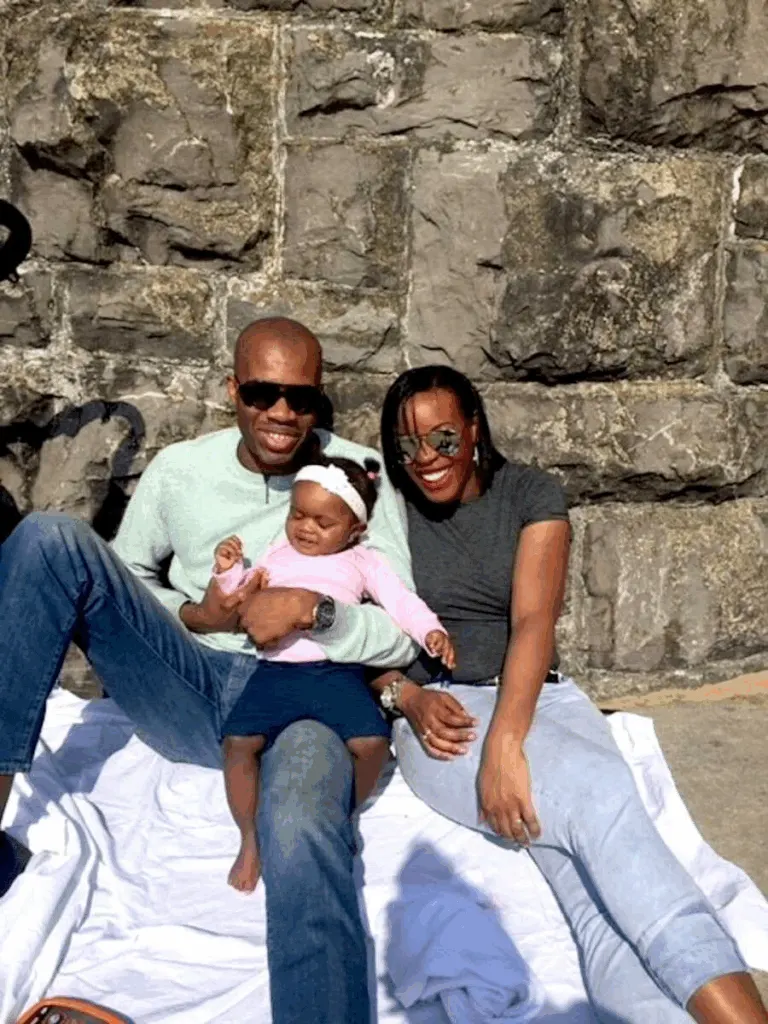
Back on the ward, the family snapped photos and beamed. She smiled weakly and floated through it, feeling invisible. A nurse announced she’d need daily blood-thinner shots in her belly. Why? No one explained. That evening, alone with her newborn while she still couldn’t move her legs, she pressed the call button and asked for help to breastfeed. The nurse popped a knuckle into the baby’s mouth and called her “fussy.” She was horrified and too scared to ask again, so she held her baby all night, sleepless for the third day straight.
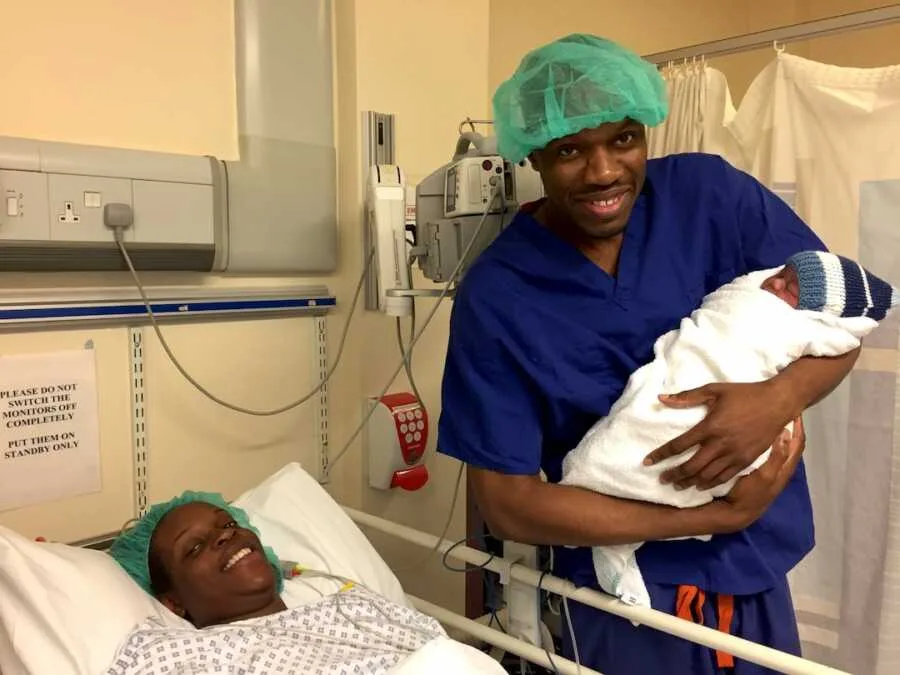
When feeling returned, she stood, and a gush of blood pooled around her. She panicked. The nurse was calm: totally normal. Then: “Take off your dressing in the shower.” Shaking and exposed, she pulled the emergency cord and sobbed while another nurse helped. Later, her incision became infected. At home, weak and hurting, she rolled from bed toward the bathroom, slid to the floor, and thought she wouldn’t make it. Her partner told her to let go and he’d clean up. She crawled to the toilet and cried. This wasn’t how she imagined becoming a mother.
A year later, she was pregnant again. At the booking appointment, a staffer read her notes and declared, matter-of-factly, she needed another C-section because she’d had one before. She didn’t ask why. The day of surgery, she lined up with other women like a queue at the supermarket, walked barefoot into the operating room, and lay on the table. Panic spiked; her blood pressure soared. They paused until she calmed, then her son was born. She felt numb, not only from the anesthetic. Trauma had a name, but she didn’t know it yet.
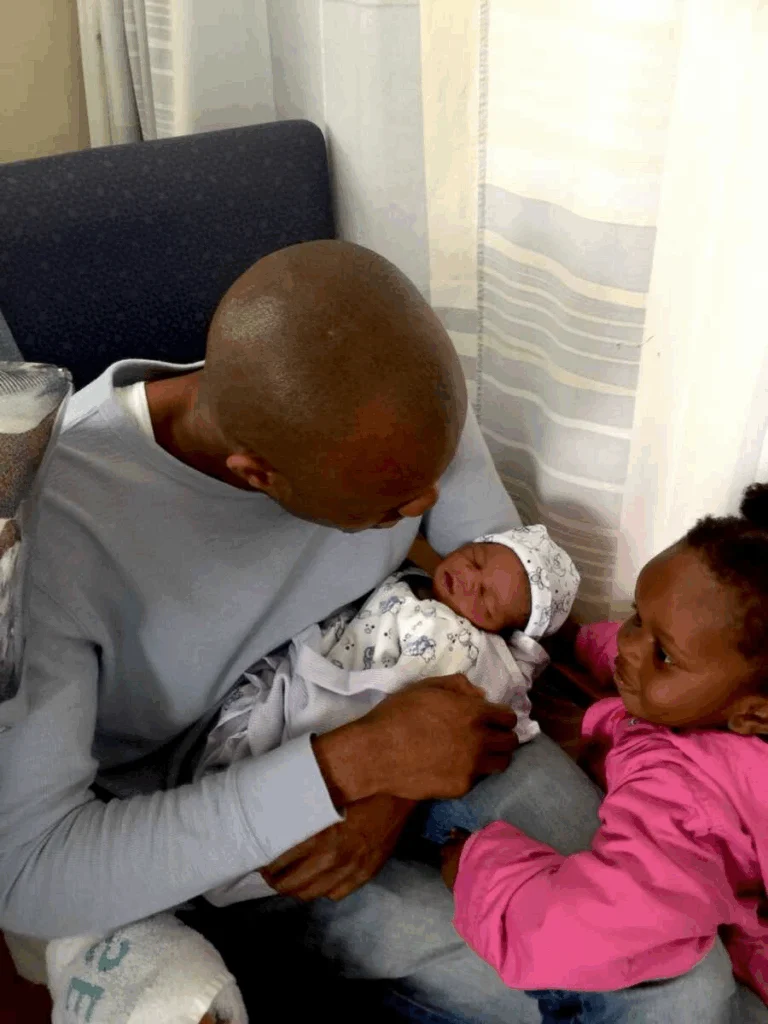
In 2020, she trained as a life coach. Learning to ask questions, trust instincts, and challenge beliefs changed her. She left a decade-long corporate job and started her own practice. When she became pregnant with her third child, she decided this birth would be different. She learned about her body, took a Hypnobirthing course, and prepared for a VBAC while keeping her options open. After 24 hours of labor, she chose surgery, a decision she made. When they placed her son on her chest this time, he opened his eyes and seemed to smile. She felt love instantly and knew he felt it too.
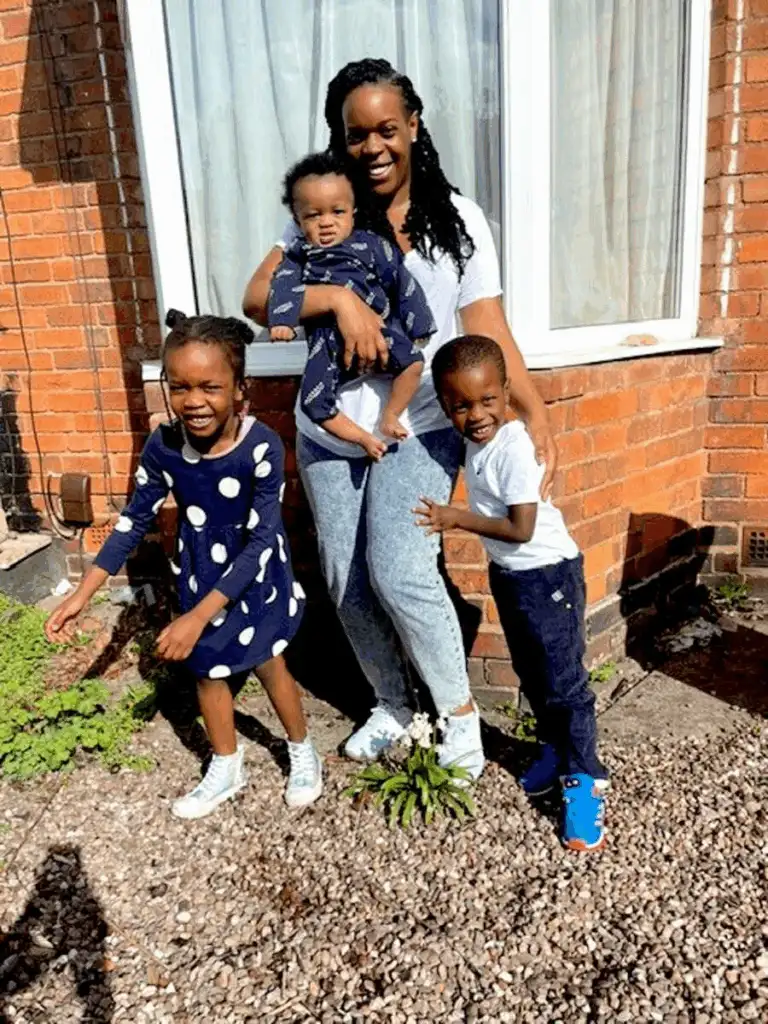
In recovery, her purpose clicked into place. She would use everything she’d learned to help others. She founded C-Section Coach to support women carrying shame, regret, fear, or grief after surgical or traumatic births. She knew how society can push the idea that only vaginal births “count,” and how that lie isolates mothers who did nothing wrong. She remembered how long she stayed silent, how the flashbacks and intrusive thoughts chipped away at her trust in herself. She wanted women to have a safe person to talk to immediately, not years later.
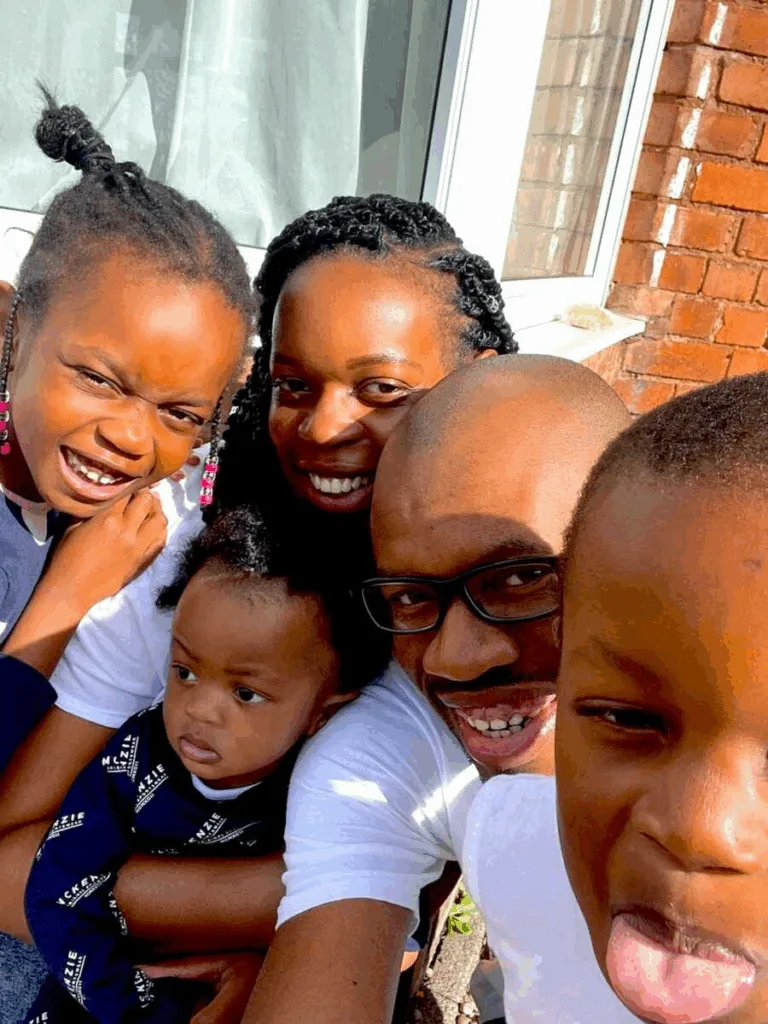
She coaches one-on-one, runs support groups, and is building a foundation to create cottages and healing centers for mothers after C-section. She trains other women who’ve experienced it to become certified coaches. Millions of mothers need a place to process, to be believed, to be told the truth: You delivered your baby; your birth is valid. She wants every mother who has had a C-section or a traumatic birth to hear this clearly: you are okay. You are not less. Your baby loves you. You birthed your child, full stop. If you’re reading this and feel its weight in your chest, reach out. You don’t have to carry it alone.


